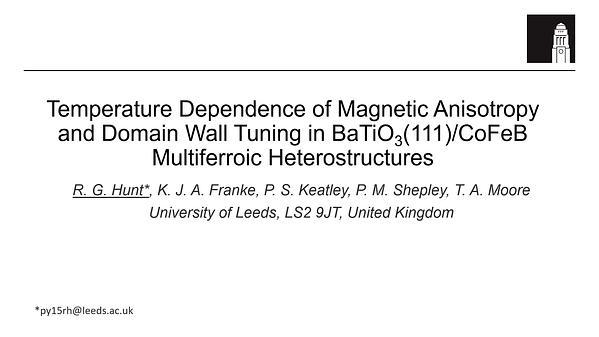
Premium content
Access to this content requires a subscription. You must be a premium user to view this content.

technical paper
Spin orbit torque switching mediated by orbital currents from CuNx
Current-induced spin-orbit torque (SOT) is an efficient mechanism to manipulate the magnetization in magnetic materials 1. In principle, the sizable SOT is believed to originate from the bulk spin Hall effect (SHE) and/or the interfacial spin Rashba- Edelstein effect (SREE) in heavy metals (HMs)-based magnetic heterostructures with strong spin-orbit coupling (SOC). Strikingly, recent reports suggest that the light metals (LMs) can also generate non-negligible SOTs and these sizable charge-to-spin conversions are attributed to the orbital angular momentum (OAM) induced orbital Hall effect (OHE) and/or orbital Rashba-Edelstein effect (OREE) 2. The OAM dominating SOT generation has been experimentally explored in various LM-based systems such as Ti, Cr, and Cu-based magnetic heterostructures 3.
In this work, we prepare the Pt/Co/CuNx perpendicular magnetic heterostructures by reactive sputtering. By controlling the doping concentration, the overall SOT efficiency can be tuned from 6% to ~ 40%. The enhancement is attributed to combining the spin currents from Pt and the orbital currents generated by the nitrided Cu capping layer. Besides the conventional SOT characterizations, we further demonstrate the neuromorphic switching and show that the orbital currents can effectively manipulate the perpendicular magnetization. These results provide valuable information for building energy-efficient spin-orbitronic devices utilizing both the spin and the orbital effects 4.
References 1 L. Liu et al., Science 336, 555 (2012).
2 D. Lee et al., Nature Communications 12, 6710 (2021).
3 S. Lee et al., Communications Physics 4, 234 (2021).
4 T.-Y. Chen et al., Physical Review Applied 17, 064005 (2022).


